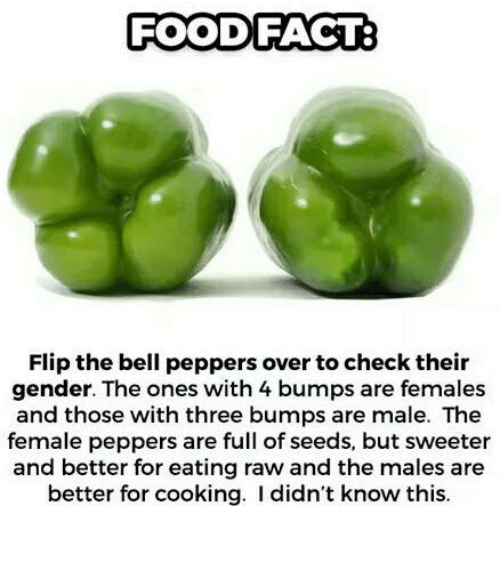How Duct Tape is Made And Why It’s So Strong
Duct tapes were first invented by a female factory worker during World War II. They were originally called ‘duck’ tape because it was made out of a cotton duck fabric and it repelled water like a duck’s back.
Following is a transcript of the video:
Narrator: Duct tape can hold just about anything together. We use it for all sorts of repairs and even as a decorative addition to various arts and crafts. But what makes duct tape so strong and versatile? And is it duct tape or duck tape? The tape was originally called duck tape because of its water-resistant qualities. It repelled water like a duck’s back, and it used to be made out of a cotton duck fabric without any adhesive layers. But cotton duck fabric doesn’t actually come from ducks. This is what it looks like. It’s a strong fabric made from cotton, where the threads make a crisscross pattern. Known for being a strong material, the fabric was used to protect power cables and electrical conductors from corrosion. But the adhesive duct tape we know and love today didn’t appear until World War II. A factory worker who was packaging ammunition sealed each box with tape and wax to make them waterproof. When the worker, Vesta Stout, saw soldiers struggling to open the boxes, she came up with an idea to seal the boxes with a strong, cloth-based, waterproof tape. Stout wrote a letter to FDR about her solution and a few weeks later, received word from the War Production Board that Johnson and Johnson would be manufacturing the tape. The tape became a military sensation. It was durable and easy to apply and remove by hand. After the war ended, duct tape turned up in hardware stores ready to help Americans with household repairs, too. It quickly became a useful tool for wrapping air ducts, which led to its other name, duct tape.
Ashley Luke: Duct tape used to be kind of a one-and-done silver tape that was essentially used for repairs. Our adhesive is specifically formulated to stick to a whole variety of different surfaces, and then basically the waterproof backing on top of that then protects the adhesive once it’s applied to a surface.
Narrator: There are three main components that go into making the tape. Rubber for the adhesive, cloth, and backing. The rubber comes from rubber trees and arrives at the factory in large bales. A machine mixes the raw rubber along with various sticky resins until it reaches the consistency of pizza dough. Then, the mixture is heated to over 200 degrees Fahrenheit. Now the adhesive is ready to be added to the cloth and the backing. The cloth, sometimes called the scrim, lies in between the sticky rubber layer and that ubiquitous silver backing. It’s made from cotton and is a key part of the tape. The cloth is what gives the tape its tensile strength. It makes it easy to hand tear and keeps the tape stuck to a surface once it’s laid down. Finally, there’s the backing. The backing is made from polyethylene, the same plastic material used to make bags and shampoo bottles. Once the backing is ready, all of the materials are put together.
Ashley Luke: So there’s basically two ways that the backing can be incorporated into the tape: either laminated or co-extrusion. The co-extrusion basically melds together the backing, the cloth, and then the adhesive. So it gives you a stronger tape that won’t delaminate. It’s gonna be really good in different weather applications.
Narrator: Once the layers are combined, the strength of the cloth and the plastic-like nature of the backing combine to give the tape the strength and durability we know and love. The tape comes out in one jumbo roll that weighs over a ton. Each giant roll can produce over 30,000 small rolls. To get it to a smaller size, the roll is sliced into strips. Then, the smaller tape strips are put into cores and rerolled. Finally, the tapes are placed in their final packaging, sent down the conveyor belt, and put into boxes for shipment. Since its debut, duct tape has exploded in popularity. Today, we use it to make flowers, bags, wallets, science projects, and various DIY crafts. Unlike your masking tapes, scotch tapes, painter’s tape, and other single-use tapes, duct tape has a long history of being used for just about anything. By simply putting fabric and adhesive together, Vesta Stout may have created one of the most useful and strongest inventions we have today.

